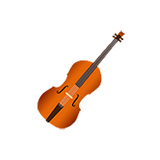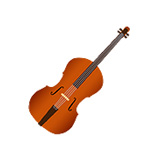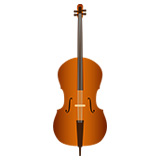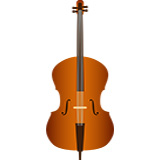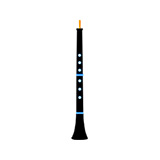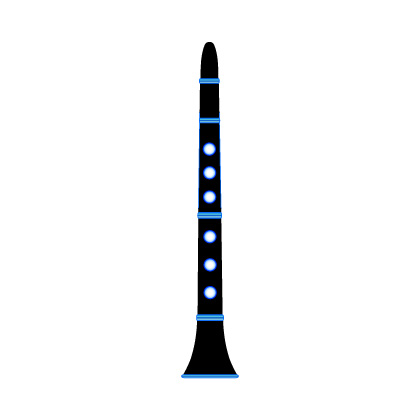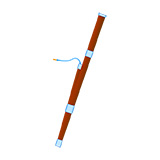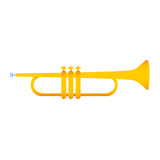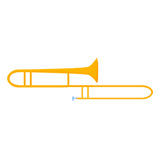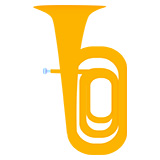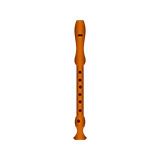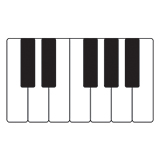
Home - Time Focus - Time Lines Contents

Time Lines Unit 5 Introduction
How to Play Eighth Notes in 2/4, 3/4, and 4/4
Up to this point in Time Lines, we have learned about notes that are played for one beat and notes that are longer than one beat. Now we will play notes that are shorter than a beat.
When we play a note that is shorter than one beat, it is called subdivision. In this unit we will subdivide the beat into two equal parts with eighth notes. One eighth note is equal to half the length of a quarter note. This unit features eighth notes that occur in groups of two or four. We will get to single eighth notes in the next unit. Eighth notes look similar to quarter notes, but they are attached to each other with beams.

When the beat is subdivided into two equal parts with eighth notes, we use the word “and” to represent the second half of each beat. In the rhythm exercises, the word “and” is abbreviated by the “+” sign, as shown below.
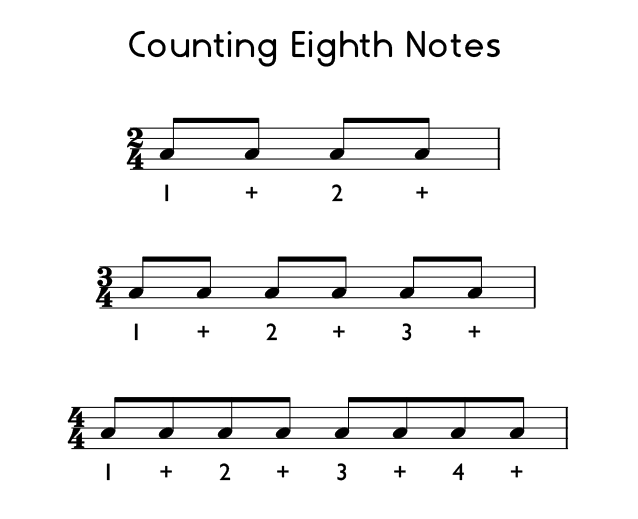
Unit 5 Practice Tools:
Exercises: Play exercises with eighth notes in 2/4, 3/4, and 4/4.
Patterns: Eighth note rhythm patterns.
Melodies: Eighth note melodic phrases.
Practice Tips for Accurate Rhythm and Reading Skills
Start with the Unit 5 Exercises and listen to the audio examples to hear exactly how to play these subdivided rhythms. Some of the patterns that include eighth notes followed by rests can be challenging, but with slow and careful practice, you can perform them accurately.
The Rhythm Exercises in this unit cover almost all of the possible combinations of dotted half notes, half notes, quarter notes, and their equivalent rests, when combined with groups of two eighth notes in 2/4, 3/4, and 4/4.
Important! When clapping and counting passages that include eighth notes, always count the word “and,” even when there are longer notes. Leaving out the word “and” on the longer notes is not a reliable way to keep a steady beat and often leads to rhythm errors. Follow the “good” example shown below on the left.








